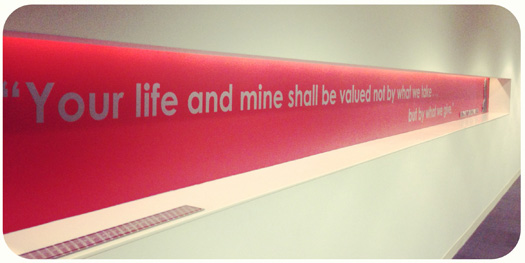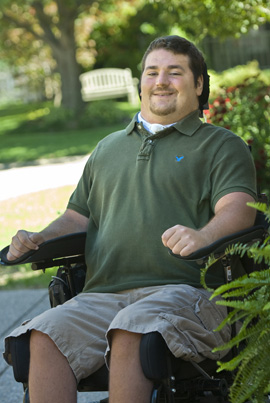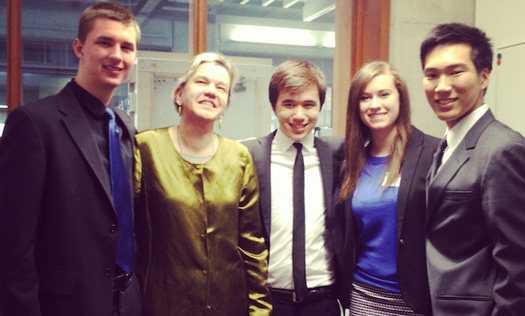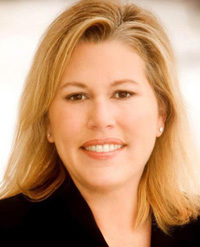Easter Seals means “aloha”
by Brandi Salas

I had the pleasure of participating in the Make the First Five Count Spokespersons Network and Affiliate Marketing Partners Meeting in Chicago a few weeks ago. Thirty-degree temperatures and freezing cold Chicago wind might have pushed the teeth-chattering and ear-numbing limits of this island girl, but the warmth of the personalities, and the very intelligent, altruistic people at Easter Seals and its affiliates got me through.
These individuals tirelessly dedicate themselves to the well being of children and adults with disabilities and special needs, and they’d fit in perfectly with my fellow residents of Hawaii. In Hawaii, we pride ourselves on living through “Aloha,” which means “hello,” “goodbye” and, most importantly, “love.”
Many think of Hawaii as a place of paradise, a never-ending tropical vacation. But the truth is my dear island Oahu is becoming over-populated with a growing crime rate and homelessness. The cost of living is rising and we often come across families that do not have the means to afford proper care for their loved ones.
So if the lives of island locals are not what others perceive them to be, where does the “Aloha” lie? The proof is in the way we interact with each other. Our passion and manner in which we come together to help a struggling member of our tight-knit community is “Aloha.” When I see our therapists, social workers, activity coordinators and caregivers interact with our participants here at Easter Seals Hawaii, I’m reminded that it is people like them that uphold and sustain our island values as well as the mission of Easter Seals.
During the meeting in Chicago, we discussed how many know the Easter Seals name but often forget or are unaware of what we do for others. I am confident in stating, “Easter Seals means Aloha.” The people I met at that Chicago meeting are proof that despite economic hardship and limited resources, “Aloha” will always prevail. We help and guide those with disabilities and special needs to reach their full potential. There is nothing more satisfying than being a stepping stone to make that happen.
And so, if you ever walk past Easter Seals Headquarters office in gusty Chicago, expect to be greeted with one of the most powerful quotes I’ve ever known, “Your life and mine shall be valued not by what we take … but by what we give.” That quote comes from Edgar Allen, the founder of Easter Seals. I’m a true believer.







 I can’t believe it’s already been a year since I wrote a
I can’t believe it’s already been a year since I wrote a 
 I was very moved to hear that
I was very moved to hear that 
